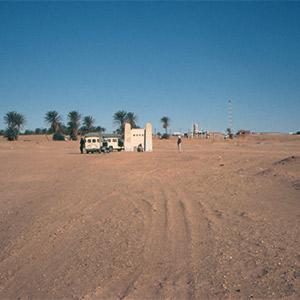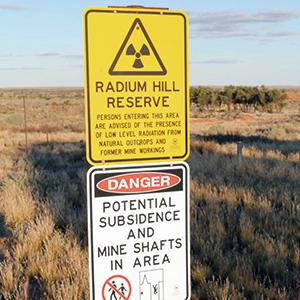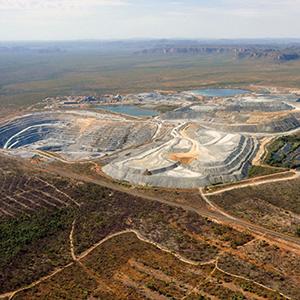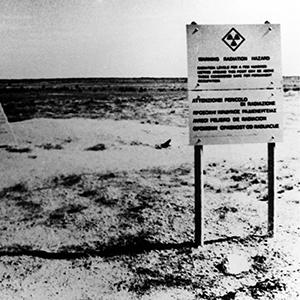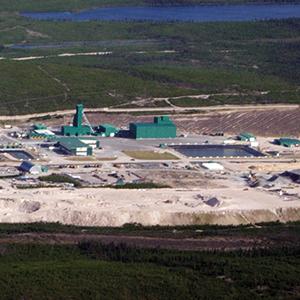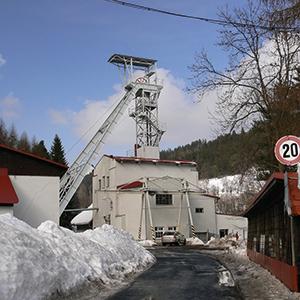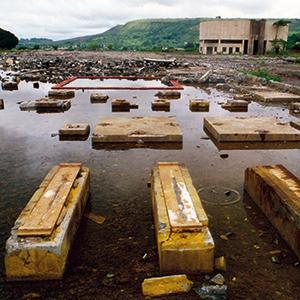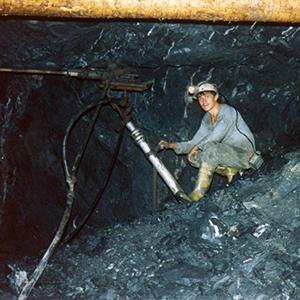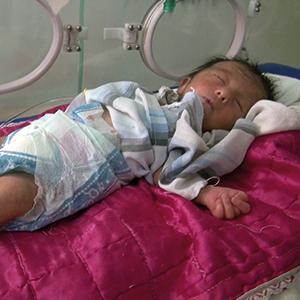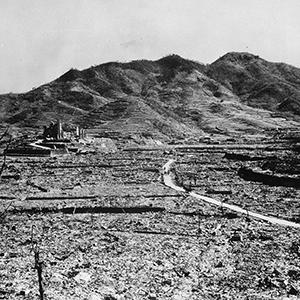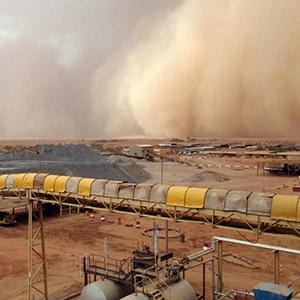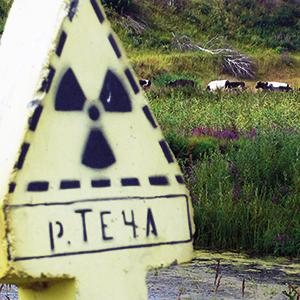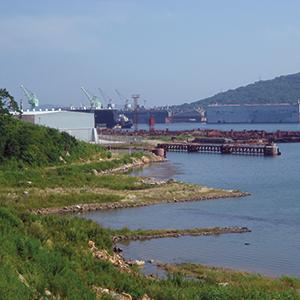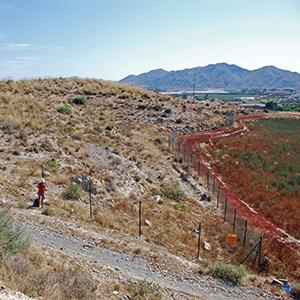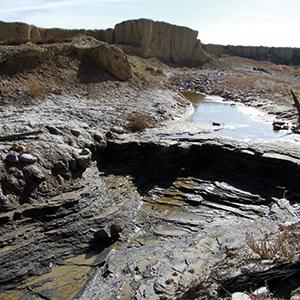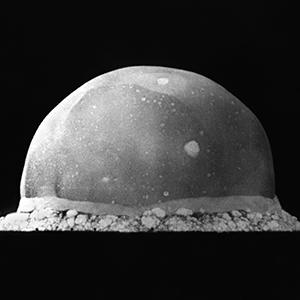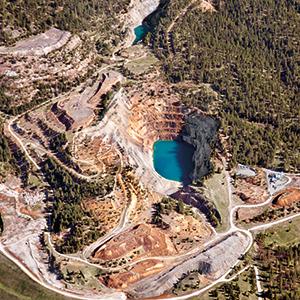Kiritimati and Malden, Kiribati

A total of 33 nuclear detonations were conducted on two atolls of the Republic of Kiribati by the UK and the U.S. in the 1950s and 1960s. Thousands of islanders and servicemen were subjected to radioactive fallout and now suffer from radiation effects.
Photo: “Swordfish” underwater nuclear explosion during the U.S. “Operation Dominic” test series, 16 km south of Christmas Island on May 11, 1962. The destroyer USS Agerholm can be seen in the foreground. © U.S. Navy, D. D. Mann
History
The Pacific atoll of Kiritimati (formerly the British colony “Christmas Island”), served during WWII as a stop-over for the U.S. Air Force on its way to Japan. After the war, the United Kingdom used the atolls for its first series of fission bomb explosions. Due to agreements made with the Australian government, these explosions could not be conducted at the British nuclear testing site at Maralinga. On May 15, 1957, the first British hydrogen bomb, code-named “Operation Grapple,” was exploded off the coast of Malden, followed by another a month later, neither of which yielded the explosive power that was expected. The tests reached a maximum yield of 720 kilotons, equivalent to more than 50 times the power of the bomb that was dropped on Hiroshima. On November 8, 1957, the UK detonated its first successful hydrogen test bomb on Christmas Island, the largest coral atoll worldwide. The detonation produced a yield of 1.8 megatons, exceeding the planned yield by 80 %, and destroying numerous buildings and infrastructure on the island. Between April and September 1958, the British military tested five more nuclear weapons above or near Christmas Island, the largest explosion yielding three megatons, or about 240 times the destructive power of the Hiroshima bomb. Several thousand servicemen were involved in the tests.
In following years because of concern over the increase of radioactivity in the earth’s atmosphere, multilateral negotiations on a Partial Test Ban began. Just before the treaty was completed, the U.S. asked the UK to “lend” them the islands for a nuclear test series. During “Operation Dominic,” 24 above-ground nuclear explosions were detonated between April 25 and July 11, 1962. The largest single explosion developed an explosive power of 7.65 megatons of TNT equivalent. During these tests, several thousand servicemen were stationed on the island. Indigenous inhabitants were not evacuated either. In 1963, the Partial Test Ban Treaty between the UK, the USSR and the U.S. ended nuclear testing in the atmosphere, space and underwater. In 1979, the Republic of Kiribati declared its independence from the United Kingdom. Christmas island was renamed Kiritimati.
Health and environmental effects
Servicemen from the UK, New Zealand, Fiji and the U.S. as well as the indigenous people were exposed to increased levels of radioactivity during the atmospheric testing at Kiritimati and Malden. Direct radiation from gamma-rays exposed those who watched the tests from the island or the ships or flew over the testing ground after the explosions. There was a lack of protective clothing as the dangers of radioactivity were largely ignored by the military leadership. Nuclear fallout contributed to overall exposure doses as servicemen and the indigenous population were free to move around the island, consuming local water and fruits, bathing in contaminated lagoons and breathing in radioactive dust.
In 2006, 300 former Christmas Island residents submitted a petition to the European Parliament, accusing the UK of knowingly exposing them to radioactive fallout despite knowing of the dangers. Declassified government documents from the time warned that radioactive fallout could cause “very hazardous contamination,” yet the islanders received no warnings or protection. Today, many suffer from the long-term effects of radiation exposure. No health studies have ever been undertaken on this population. However, a study by Dundee University found increased frequencies of multiple myeloma, cataracts, arthritis, gastrointestinal disorders, respiratory diseases and cancer among exposed servicemen, as well as a high incidence of congenital malformations in their offspring. A case-control study undertaken on New Zealand soldiers involved in the tests showed strong links between radiation exposure and long-term genetic damage, leading to various cancers, especially blood and bone cancers. The UK government is denying any causality.
Outlook
Given this data and in light of growing health problems among their ranks, nuclear test veterans have begun to question the adequacy of radiological protection measures at the time, accusing the military leadership of using them as “guinea pigs.” A class action lawsuit has been filed against the British Ministry of Defence by various veterans’ organizations, resulting in a long legal battle, which continues until today. Increased radioactivity can still being detected on the islands today. As late as 2004, a clean-up was conducted and radioactive waste was shipped to the UK. Comprehensive studies regarding health effects on servicemen and the indigenous people are still missing, as is proper compensation for the survivors of British and U.S. nuclear testing in the Pacific. These people are also casualties of nuclear testing – they are also Hibakusha.
References
- CTBTO. “8 November 1957-Grapple X.” http://www.ctbto.org/specials/testing-times/8-november-1957-grapple-x
- U.S. Defense Nuclear Agency. “Operation Dominic I 1962.” www.dtic.mil/dtic/tr/fulltext/u2/a136820.pdf
- Roff SR. “Mortality And Morbidity In Members Of The British Nuclear Tests Veterans Association And The New Zealand Nuclear Tests Veterans Association.” Medicine, Conflict and Survival, 15 (Supplement 1): 1-51, 1999, www.ncbi.nlm.nih.gov/pubmed/10467894
- Edwards R. “300 islanders accuse UK government of exposing them to A-bomb fallout.” Sunday Herald, October 22, 2006. www.robedwards.com/2006/10/300_islanders_a.html
- Rowland, RE. “New Zealand Nuclear Test Veterans’ Study.” Massey University, 2007 www.llrc.org/epidemiology/subtopic/nzvetsrept.pdf







